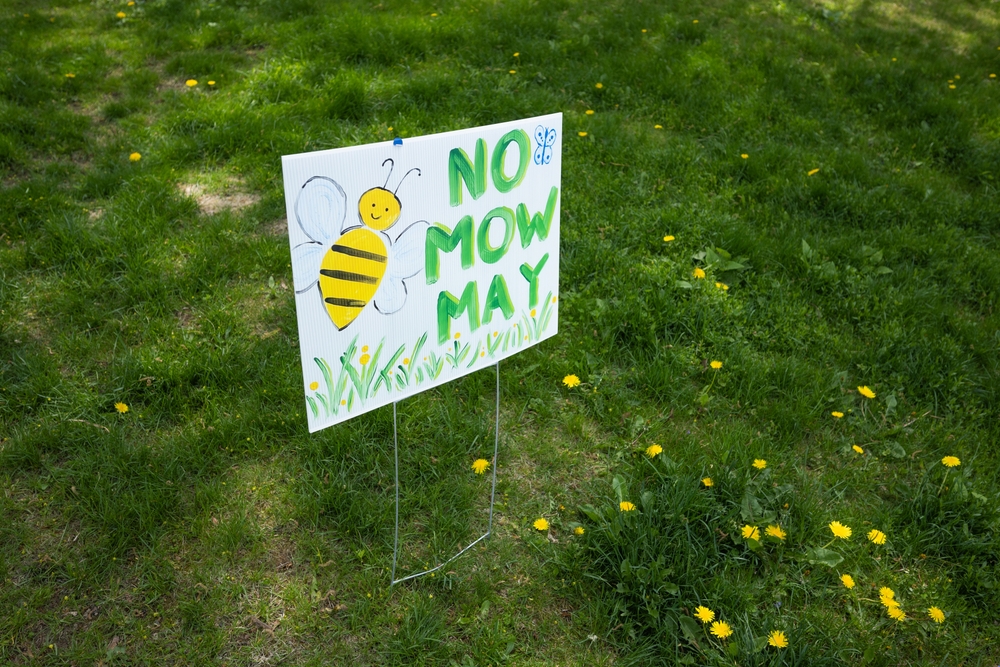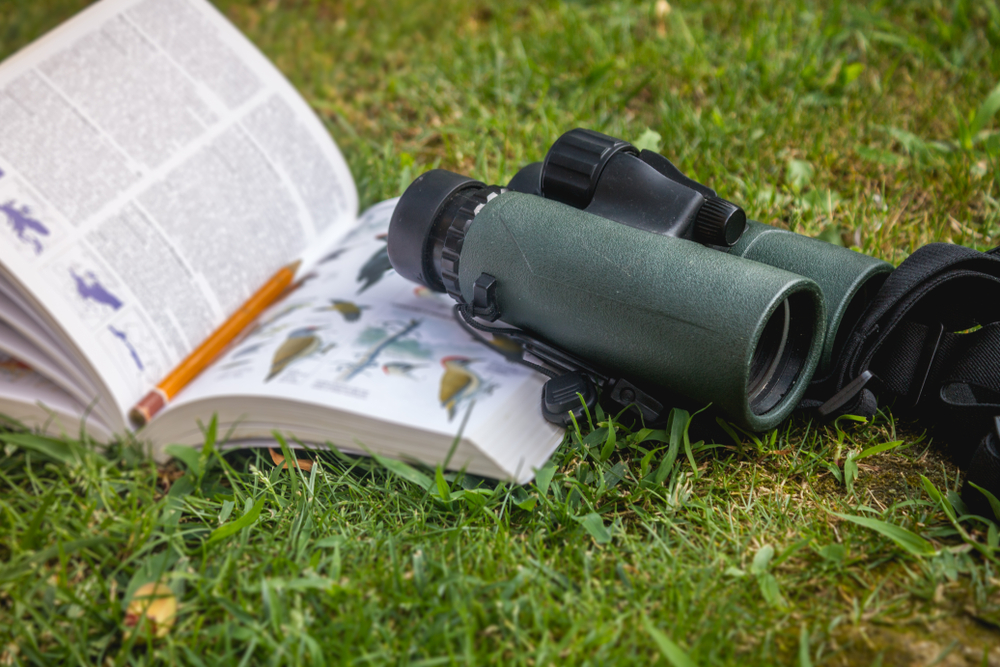While it may feel unnatural for us to engage in social distancing, the sacrifices we’ve made have deep roots in the animal kingdom. From ants and bees to mice, monkeys, and apes, an array of social animals change their behavior to reduce the risk of spreading infections when one member of the population gets sick. Many animal strategies wouldn’t work for humans, but they still illustrate why isolating ourselves during an outbreak isn’t as unnatural as it feels.
Let’s take the humble frog, for instance. Until the late 1990s, there was no evidence that nonhuman animals could recognize and reduce infection risk from other members of their species.
That changed with research on American bullfrogs, whose tadpoles are impressively adept at dodging a dangerous fungal infection. Tadpoles are able to detect an infection of Candida humicola in other tadpoles, the researchers found, and can then use that information to proactively avoid other tadpoles harboring such an infection.
The great apes also engage in social distancing too. Like us, they are highly visual creatures, so even if they can’t sniff out an infection as bees or tadpoles can, they may still use visual cues to stay healthy. Western lowland gorillas, for example, live in social groups that females migrate to join, and as researchers reported in a 2019 study, disease avoidance can be a key factor when females are deciding to leave or join a group. The study looked at a bacterial disease known as yaws, which causes visible ulcers on the faces of infected animals.
While studying nearly 600 gorillas over a decade, the researchers noticed females often leave males and heavily diseased groups to join healthier ones, avoiding other sick groups at all costs. This suggests gorillas have learned the disease is contagious, the researchers noted, and can recognize its symptoms in others.
Want to see more examples of how animal species handle social distancing? Check out this great story by Treehugger writer Russel McLendon.












